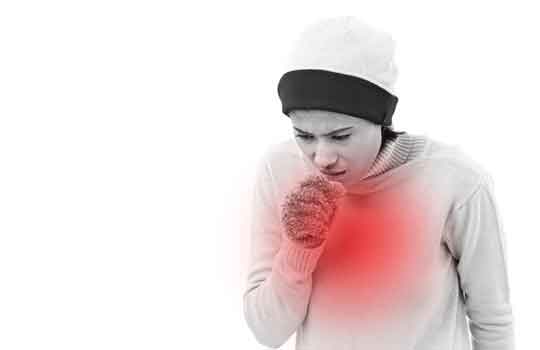 Winter is here and with it the annual NHS winter crisis. Lung disease makes a substantial contribution to this, particularly in children and older people. Many respiratory illnesses are seasonal; cold weather, damp homes, and the increased circulation of viruses cause a winter spike in conditions including flu, COPD exacerbations and bronchiolitis. There are 80% more respiratory admissions in December to February than in the warmer months of March to May. ONS data show that lung disease accounts for 36.4% of all excess winter deaths.
Winter is here and with it the annual NHS winter crisis. Lung disease makes a substantial contribution to this, particularly in children and older people. Many respiratory illnesses are seasonal; cold weather, damp homes, and the increased circulation of viruses cause a winter spike in conditions including flu, COPD exacerbations and bronchiolitis. There are 80% more respiratory admissions in December to February than in the warmer months of March to May. ONS data show that lung disease accounts for 36.4% of all excess winter deaths.
Government choices to underfund health and social care mean that there is less and less capacity in the system. The combination of a seasonal increase in acute attendances, limited resources, and delayed transfers of care leads to ambulances queuing outside A&E departments and a return to 1990s scenes with sick patients waiting on trolleys in corridors.
In this context a new report from the British Lung Foundation “Out in the cold: lung disease, the hidden driver of NHS winter pressure,” asks whether it is possible to avoid the current situation where emergency plans have to be put in place every winter to deal with the entirely predictable increased seasonal demand. The report sets out a range of interventions and highlights the need for a Respiratory Taskforce to bring the level of organisational attention to bear on lung disease that heart disease and cancer have received. Action is needed to address prevention of lung disease and lung disease exacerbations, managing additional and predictable in-hospital demand, and to get people home and keep them there safely.
Prevention of course comes first. For much of respiratory disease the “cause of the causes” is poverty and the number of individuals in UK living in households below the income the Joseph Rowntree Foundation has defined as required for healthy living increased from 25% in 2009 to 30% in 2015. There are downstream factors that the health system can address. In particular, widespread cuts to smoking cessation services should be reversed. Influenza vaccination is one of the highest value interventions for lung disease, but only 48.5% of people with a chronic respiratory disease were vaccinated in the 2016/17 season. 300,000 COPD patients did not receive flu vaccination. A more proactive approach to breathlessness in midlife is needed to allow timely diagnosis of lung disease and intervention before it becomes severe. 7% of COPD patients admitted to hospital with an exacerbation had no prior diagnosis. The BLFs online breath test may have a role here. Investment in effective self-management interventions and pulmonary rehabilitation can also reduce exacerbations.
An additional preventative measure may be to schedule routine annual reviews earlier in the year. As well as ensuring that preventative measures are in place, this increases the spare capacity available in the winter to deal with acute episodes.
Despite the best system of care, many admissions with lung disease are unavoidable. The configuration of hospital wards usually remains unchanged throughout the year, but typically, elective activity is reduced during the winter period. One action to anticipate the increase in respiratory demand is to allocate specific additional beds to respiratory patients so that they do not end up admitted to a range of wards across the hospital as medical beds fill up—the disjointed care of the “safari” ward round. The systematic delivery of effective care items for respiratory patients, which audits show is currently inadequate—specialist reviews, controlled oxygen therapy, adoption of NCEPOD recommendations on non-invasive ventilation provision—would deliver better outcomes and shorter lengths of stay. Finally, staff wellbeing is key to system resilience—a 10% increase in healthcare worker flu vaccination rate is associated with a 10% reduction in sickness absence and should therefore be a high priority goal in winter preparations.
Getting people home and keeping them there safely requires properly resourced primary, secondary and social care with coordination of all three elements. The use of Care Bundles is recommended to ensure that the discharge process is optimised. The BLF report highlights that in the rush to discharge it is important to remember that multimorbidity is the norm rather than the exception in older people with lung disease. More than 40% of COPD patients are readmitted within three months of an acute exacerbation, but 50% of these are with a different acute diagnosis.
Just as last year and in years before, respiratory admissions will soar this winter. However, only 10 of 104 hospital trusts responding to the BLF’s request for information about their 2017/18 winter plans were intending to assign additional beds to respiratory admissions. Surely we can do better than this?
Nicholas Hopkinson, Reader in Respiratory Medicine, Imperial College London.
Competing interests: None declared.
